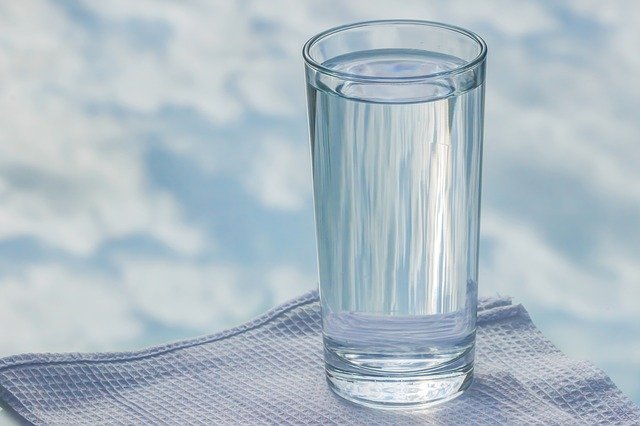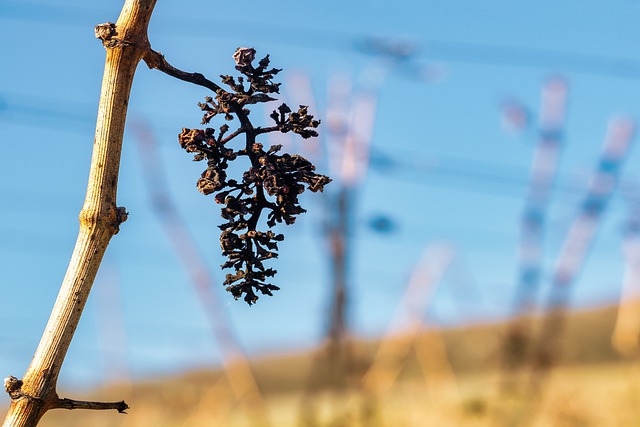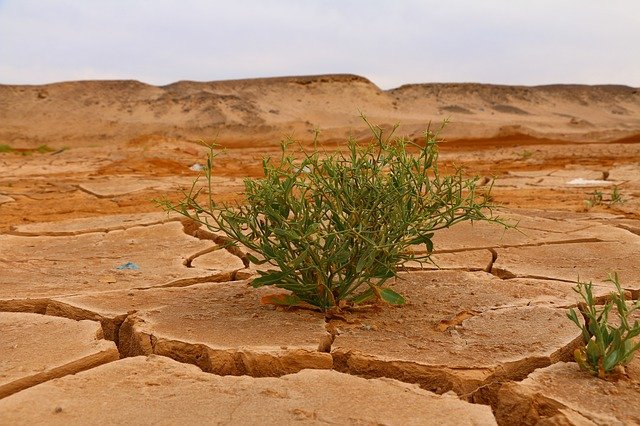Drinking water is crucial for survival for life on Earth so it is obvious that there should be plenty of drinking water and that too clean drinking water if humanity wants to survive on this planet. But unfortunately humans have destroyed fresh water resources due to their selfishness and greedy activities, which has caused degradation and decrease in the supply of freshwater. And then there is climate change, which is increasing water scarcity around the globe.
But there are some good people out there who are working hard to come up with technologies that can either help provide water where there is less amounts of it or help clean the already degraded water. Today we bring you a list of 10 such innovations and technologies that can help in water purification and solve our water related issues! (in no particular order) Check them out!
1. Desalination Systems
Desalination is a process that removes salt and other minerals from the water. It is a pretty straight-forward and simple process, but it can prove to be extremely useful in places where there are droughts and shortage of water. Also read: Dire Need of Sea Water Desalination Plants in Sindh Pakistan
2. Nanotechnology Water Treatment
The nanotechnology is much more efficient as compared to the conventional water filtration systems as they don’t require much pressure and have lesser pores as compared to conventional treatments. It can remove bacteria, sediments and even smaller sized pathogens.
You might also be interested in: The Three Stages of Waste Water Treatment
3. Solar Water Filtration
There are many countries in the world, that have enough supply of water for their drinking requirements but the water is contaminated or polluted as there is direct discharge of sewage sludge within the water sources or the contamination of sewage into the water pipes. This has become a major issue in the developing countries where clean drinking water is already an issue. Therefore, a solar powered water filtration is developed that provides 20, 000 liters of clean water daily for more than 10 years with the help of solar and wind powered system. For more info, please read: Now Water Pollution Can Be Cleaned Up Using Sunlight
4. LifeStraw – The Water Filtering Straw
The drinking straw is developed by Vestergaarda. It is a global company that provides innovative solutions to contribute towards a healthy and more sustainable world. The lifestraw purifies a minimum of 1,000 liters of water and removes 99.9 percent of bacteria and through an inimitable filtration system. There are also high-capacity water purifiers for emergency preparedness and emergency response teams. Due to ban on plastics, they are now available in steel in place of plastic.
5. Toxins Eating Bacteria
Algal bloom in fresh and salt water is caused by blue green algae called cyanobacteria. They produce microcystins that can be ingested by humans while drinking water or swimming in contaminated water. Once they enter in our body, they can easily attack on liver cells. Therefore, scientists have developed toxins eating bacteria. They break down microcystins into harmless and non-toxic materials. If this alga killing bacteria is introduced into water source it will break down the microcysts and water will be safe to use.
6. The Drinkable Book
The researchers at Carnegie in association with an NGO called Water Is Life have developed a water filtration tool in the form of a book. That is used for both education and filtration. The book contains pages that has basic knowledge about the sanitation advice and guidelines. It is printed on a scientific coffee filter paper that has the ability to purify water and get rid of 99.9% percent of the bacteria. The book has been distributed in Kenya, Ghana, Ethiopia , Haiti. It can provide clean water for four years to a single person.
7. Madi Drop Ceramic Water Purification Disks
It is tablet that is designed to be dissolved in water and kills about 99.9 % of the water. It contains silver or copper microbe nanoparticles to kill bacteria and clean water.
Also check out: 10 Easy and Practical Tips, Tricks and Ways to Save Water
8. Water from Air
This technology uses solar energy to produce clean drinkable water for 2 to 3 persons or 10 liters per day. This runs on hydro panel; the solar energy heats the material that produces condensation which is further collected in a 30-liter reservoir. The water is then filtered and essential minerals are added for taste and nutrition. It is partners with non profit organizations worldwide to provide clean water.
Also check out: 10 Easy Ways To Store And Use Rainwater In Your House
9. Steripen
It is developed for the travelers in the developing countries. It is a handheld device produced by Marine based company called Hydro photon. It uses ultraviolet radiations to kill disease causing pathogens. It is 6.5 ounces and requires 90 seconds to kill bacteria and clean water. It can kill viruses, bacteria and germs.
10. Fog Catcher Technology
In some parts of the world the ground water sources have been completely dried or used up. Therefore, causing a massive shortage in the Morocco region although this region has abundant fog. This fog can be collected to produce water by installing fog collectors on the mountain slopes. About 6300 liters of water can be collected daily through this process.
Mount Boutmezguida has the worlds largest fog collection mechanism system. The process is very simple as the fog passes through vertical nets it is collected into a trickling system and is filtered to mix with ground water. In Morocco it provides safe and clean water to about 5 villages. This fog collector system has also been introduced in south Africa , Ghana and California.
Have a look at: Green Tech: Using CO2 From Air To Produce Useful Products
Conclusion
These are just the few examples of innovative ideas for water purification . More ideas and innovative designs needed to be explored in this field.
Also check out: 10 Initiatives Governments Need To Take To Control Climate Change and Environmental Degradation
We hope you liked this post! Please comment below if you have any suggestions, comments or feedbacks! We at #envpk love hearing from readers! Thanks!





3 Comments
Nice information about drinking water treatment. Thanx
You are welcome!
Water treatment can make life easier, it’s covered all human needs. Thank you